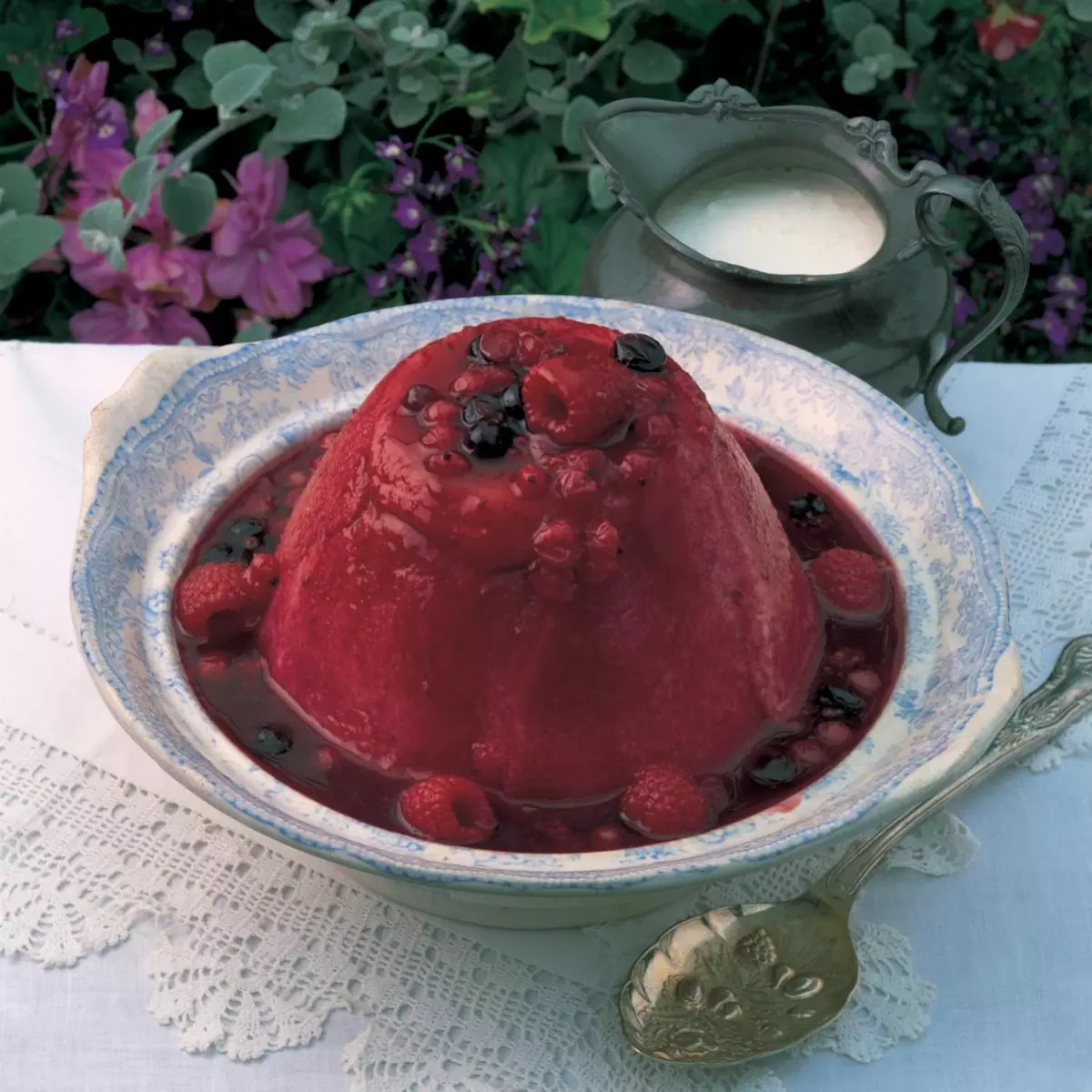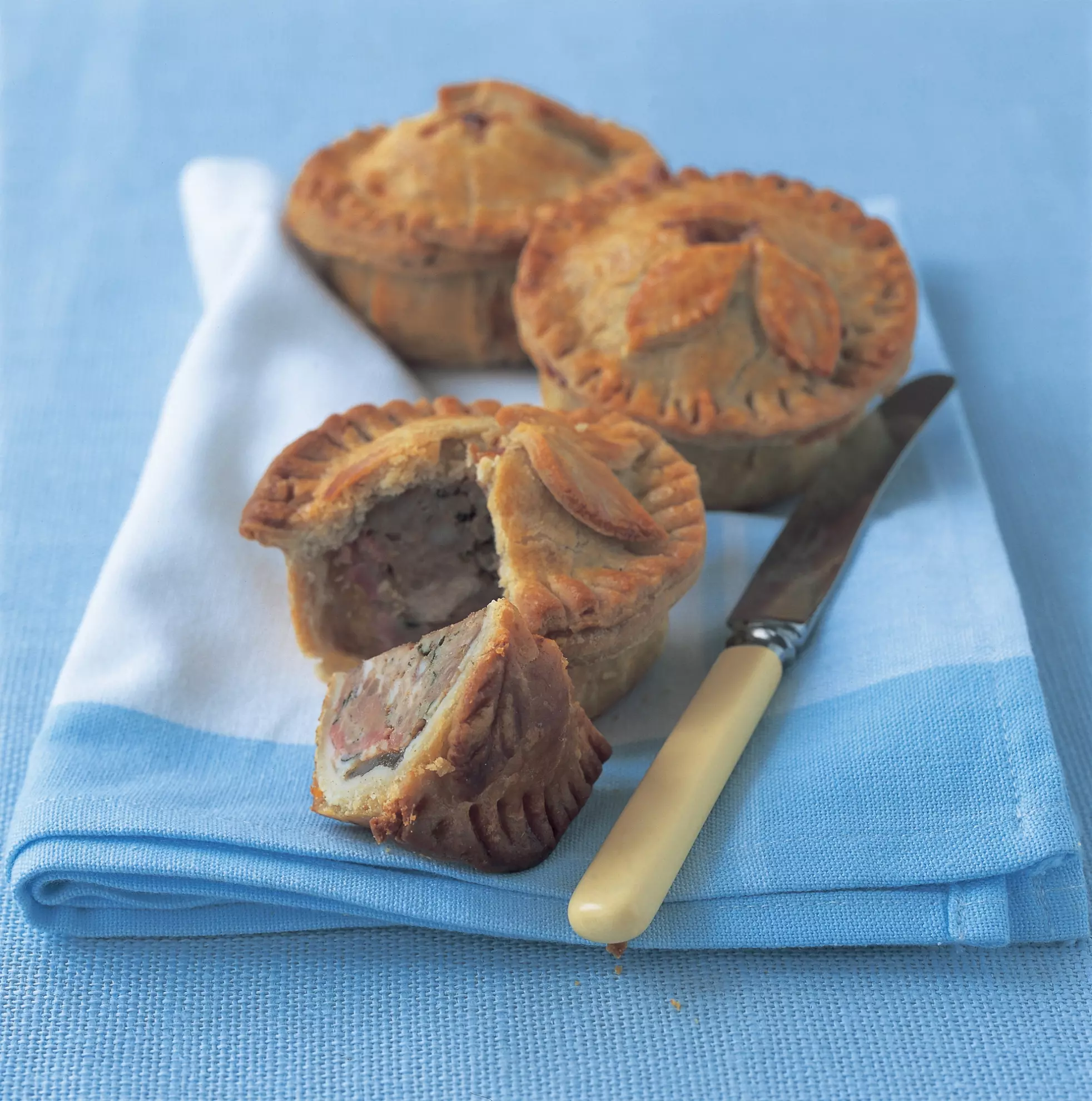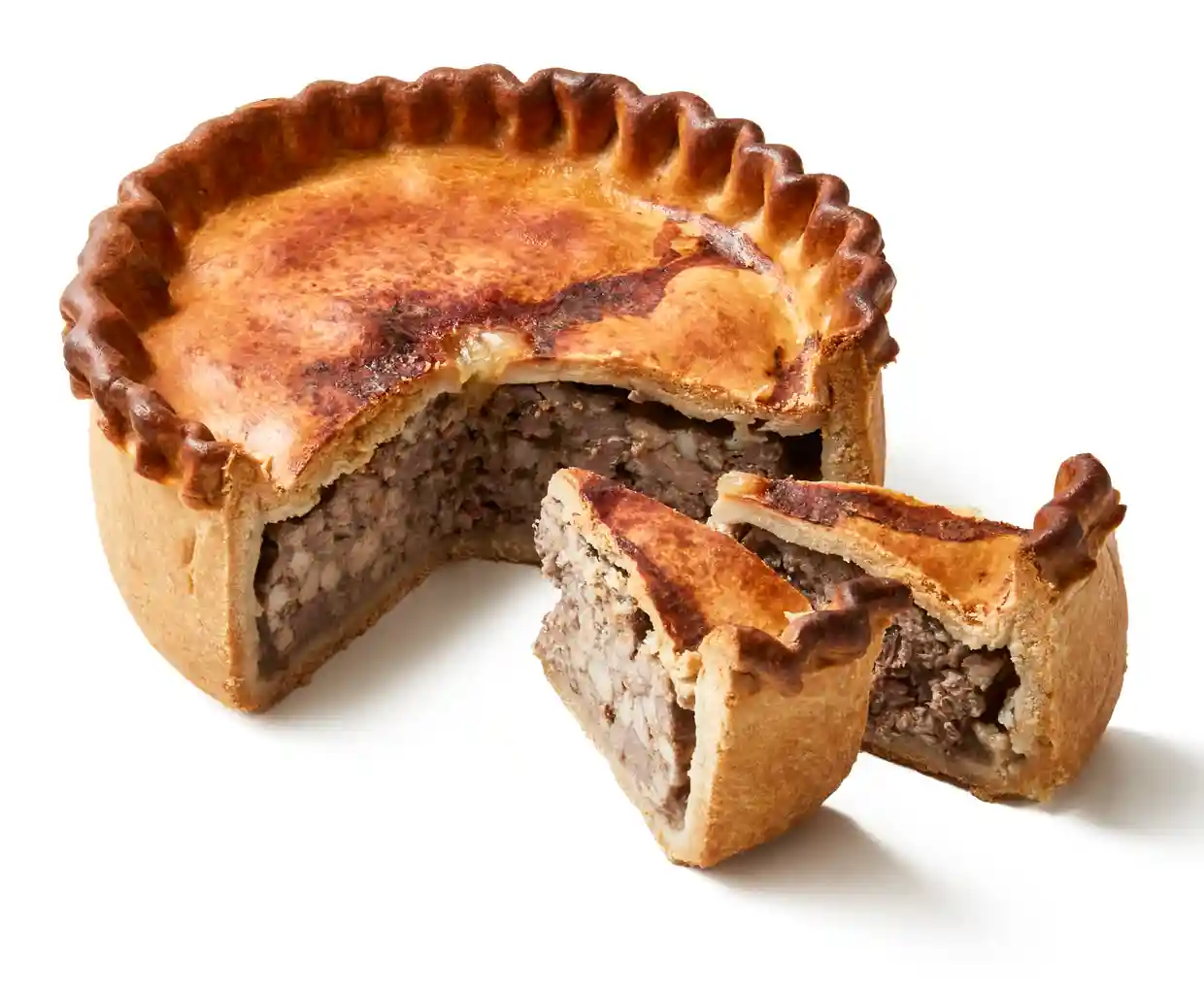Two English experiments
- rosemary
- Sep 30, 2023
- 6 min read
"We would be foolish not to try everything at least once." Nigel Slater
I seem to have been on a bit of an English kick of late. Is this nostalgia or mere coincidence? Honestly I don't know. I do know I can get a bit defensive about all things English every now and then, and I'm not just talking about food. Possibly because the English get such a bad rap on the whole. But I won't go there. Let's just put my very English cooking down to coincidence.
So coincidentally I have made two English classics this week. Neither of which feature in my cooking repertoire. The reasons for each were different so let's tackle them one by one.
Number one is summer pudding. That high point of English desserts, which we actually cannot replicate here in Australia because we have no redcurrants - or black or white ones come to that. I know I have written about summer pudding before, so I shall try not to repeat myself. I shall just recount my first experiment of this week.
On Wednesday it was our book group meeting and it was my turn to be hostess, which requires cake. One of our group - indeed the leader of this particular meeting - is a vegan. So I searched the internet for a suitable cake. Very, very difficult, without using all manner of difficult, weird, or just things I would not normally use. I despaired until I had a brainwave. Summer pudding. Just bread, sugar and fruit really. Mind you I now realise the bread had a little bit of milk in it. Which worried me at the time - because her veganism is for medical reasons, except that, in the supreme irony, she contracted COVID and couldn't come at the last minute, by which time the summer pudding had been made.

Whose recipe did I use? Well a sort of combination of Delia and Felicity Cloake I think. In some ways it's a technique rather than an actual recipe. Line your bowl with slices of white bread, And here I decided to go all nostalgic and use this probably antique bowl - it may have been my grandmother's and if not it was definitely my mother's. I could have used a pyrex bowl, but, as I say, I was feeling nostalgic.
Having lined your bowl you then stew your fruit until it oozes, along with some sugar and a little water. This was also a bit satisfying because I used up the rose sugar that I made a long time ago. It didn't smell much of roses, but one my two recipe writers had used a touch of rosewater, so I thought - why not use the rose sugar. Fill the bowl with the fruit, put a slice of bread on top, weight it and put in the fridge overnight before turning out.

My earlier experiment with summer pudding had not been a great success. The bread casing had large white patches. And alas the same thing happened this time but on a much larger scale. None of the bread seemed to have turned the slightest bit pink let alone dark mulberry colour. Fortunately I had reserved some of the liquid and also made some extra with some frozen fruit, so this was liberally poured over the somewhat misshapen mass. I suspect that if I had made a smaller one it might have held its shape a bit better.
But you know, it tasted really good. Well you can't really mess up berries can you? I had used strawberries, raspberries, blueberries, and blackberries - hang the expense I told myself. For you do indeed need a lot of fruit. Oh and I added a stick of rhubarb to the mix for a little bit of tartness. But it really didn't look good. The remains have turned a much darker colour now, but they really just look like a mushy mess. But so delicious. I shan't be doing it again though because it was not as it should have been. And I have failed twice now. I give up easily. Life is definitely too short.
Mind you I've just had a thought. Maybe all those other versions that are on the net, also turned out white and they just poured or painted on lots of fruit syrup. However, I think that's wishful thinking, because every year one of my other book group friends makes us summer pudding for our Christmas lunch and it's always perfect.
"It has always amazed me that you can give the same recipe and ingredients to half a dozen home cooks (me included) and end up with six very different results. "
Matt Preston
Number two - pork pies. At the beginning of this year I resolved to make - every month - one thing I had never been brave enough to make before. A resolution that has failed. I think I have made three - lemon curd, jelly and polenta - with varying degrees of success - and now pork pies.
Why did I make them? Well friends were coming for lunch and we were going for a walk beforehand so the food needed to be ready to eat on our return. The day was also going to be warm, which made me think of picnic kind of food, and my recent look at English food, which had me arrive at pork pies. I could even tick off another item on my 'make something I had always feared' list. So I browsed and once again was torn between Delia and Felicity.
There were differences. Delia's recipe was for 6 pies made in a muffin tin and Felicity's was one big one. Felicity added pork belly to the meat mix of pork shoulder and bacon, and she also poured in a jelly made of apple juice and thyme. Delia had milk in her pastry mix and because of the size, all the quantities for both pastry and filling were different. In the end I took a bit of this and a bit of that and ended up with hybrid pies made in some springform small pie moulds that I had.

By now I had decided on a sort of Ploughman's lunch that featured the pies, served with a potato salad, some smoked trout, and a salad composed of watercress - very English, radishes and cucumber - also very English, particularly as there was no dressing. Just crisp and fresh ingredients, although I have to say that watercress is a bit difficult to eat like this.
And readers, the pork pies were pretty good though I say it myself. I did consider the apple juice jelly, but chickened out, which was possibly a mistake. I also had bought a small commercially made pie and honestly it wasn't as good. But it also wasn't as good as a proper English one. And, if I'm really honest, neither was mine.
A word about the pastry. This is hot water pastry - you heat up some lard with water and - Delia said - a little milk and poured it onto the flour. Now because I had had to fiddle with the quantities from the two recipes I may have not had enough liquid, because it only just hung together as a dough and was really hard to roll out. A bit tough. I suspect it should have been softer. People talk about it flopping all over the place. Anyway in the end it was alright. Honestly I was quite pleased. And I shall try again sometime this year. Next time we have some kind of picnic. And this time I will try the jelly too.
"one of the great things about food is that you can use it to spark joy at relatively low cost." Rachel Cooke
What would a student learn from these experiments? Well I'm guessing there is a fair amount of chemistry - or is it physics - involved in the pastry and the bread. Psychology rampant - just with all the emotions that were involved in these two experiments. Fear of failure mostly, nostalgia, competitiveness ... History of course. There is lots of history involved, mostly social history I suppose in this case. Biology, agriculture, technology and engineering, commerce, literature - I bet these two dishes turn up here and there in English literature. Life the universe and everything really.
Joy on a plate.












Comments